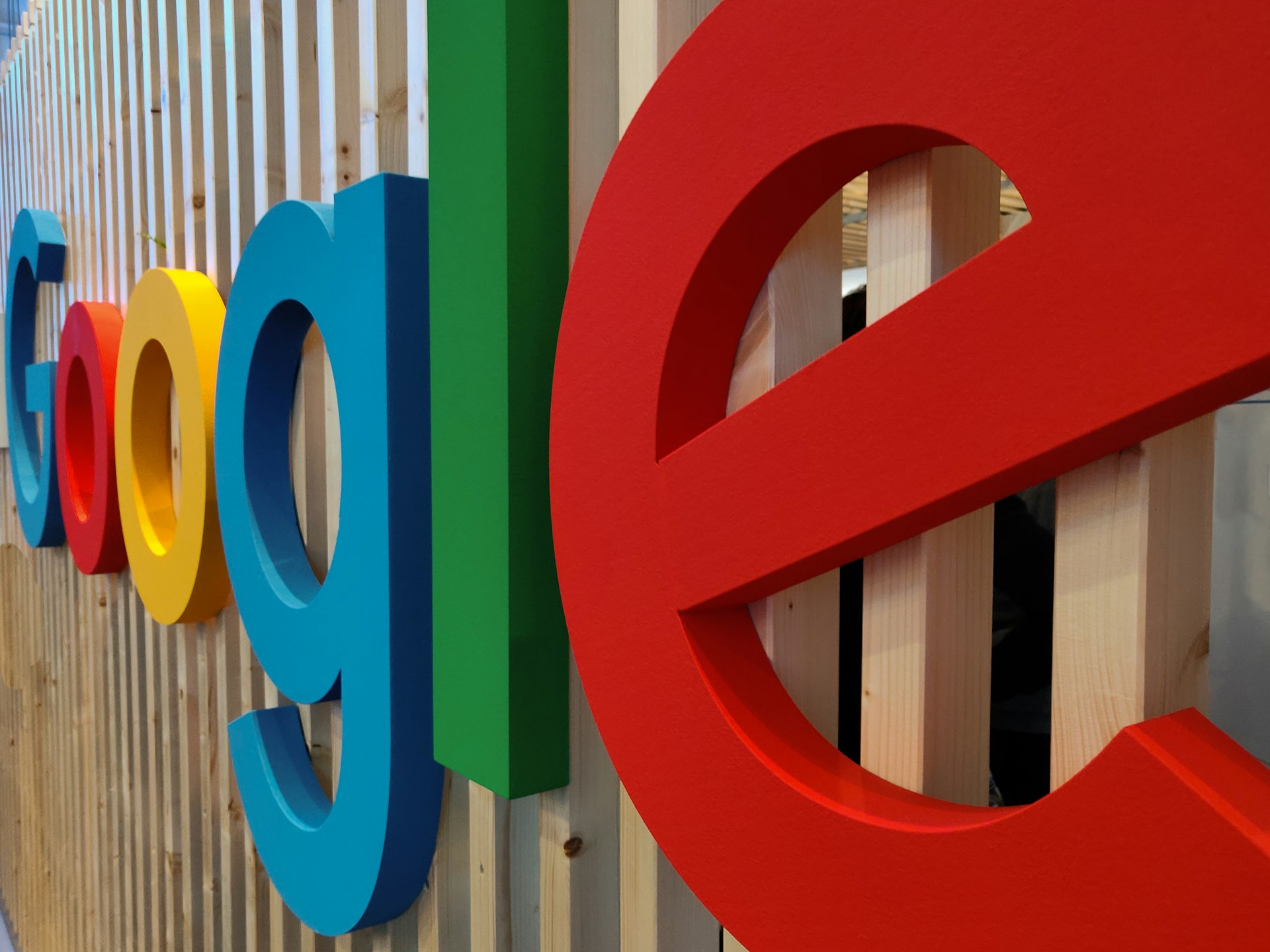How AI Transforms Personalized Learning Platforms: Benefits, Challenges, and Real-World Implementation

Photo by Serena Tyrrell on Unsplash
Introduction: The Rise of AI in Personalized Learning
Artificial intelligence (AI) is rapidly redefining how educational content is delivered, understood, and optimized for individual learners. Through sophisticated data analysis and adaptive algorithms, AI enables personalized learning platforms to create unique educational journeys for each user. This transformation is not just theoretical-major advancements are already being seen across schools, universities, and corporate training environments. [1]
Core Benefits of AI-Driven Personalized Learning
Tailored Learning Experiences
One of the most significant impacts of AI is its ability to deliver customized learning paths based on a student’s strengths, weaknesses, and preferences. Through continuous analysis of learner data, AI platforms adjust lesson difficulty, pace, and format to suit each individual. For example, adaptive learning systems like DreamBox and Smart Sparrow modify content in real time, ensuring every student receives optimal support and challenge. [5]

Photo by Immo Wegmann on Unsplash
Real-Time Feedback and Assessment
AI-powered platforms provide instant feedback, allowing learners to correct mistakes immediately and deepen their understanding. Unlike traditional models that rely on periodic assessments, AI systems monitor progress continuously and can recommend targeted exercises or supplementary materials as needed. [1]
Enhanced Engagement and Motivation
By integrating gamification, interactive simulations, and diverse content formats, AI increases student engagement. Learners stay motivated as material is presented in ways that match their interests and learning styles. Adaptive platforms can alter their approach-quizzes for some, video explanations for others-creating a dynamic and stimulating environment. [2]
Targeted Interventions for Struggling Students
AI tools analyze both performance and behavioral data to identify learners who need additional help. Educators can then deliver targeted interventions, such as extra practice, remedial lessons, or personalized tutoring. This approach supports equity, ensuring that all students have the opportunity to reach required proficiency levels regardless of their starting point. [2]
Step-by-Step Guidance: Implementing AI-Powered Personalized Learning
1. Define Educational Goals and Desired Outcomes
Begin by clarifying the learning objectives for your students or organization. Consider what you want to achieve-improved test scores, higher engagement, faster skill acquisition-and communicate these goals to stakeholders.
2. Select an Appropriate AI Platform
Research available AI-powered learning management systems (LMS) and adaptive learning platforms. Look for solutions that offer robust data analysis, customizable content, and proven results. Examples of established platforms include DreamBox, Smart Sparrow, and Docebo. [3]
3. Integrate Platform with Existing Curriculum
Work with your chosen provider to map your curriculum onto the AI system. Upload lesson materials, assessments, and enrichment resources. Most platforms support seamless integration, allowing educators to retain control over content while benefiting from AI-driven personalization.
4. Train Educators and Administrators
Provide comprehensive training for teachers and staff on how to use the platform. Emphasize the importance of data interpretation, intervention strategies, and continuous improvement. Encourage educators to view AI as an assistant-freeing up time for lesson planning and supporting student autonomy. [4]
5. Monitor Progress and Refine Approaches
Regularly review the platform’s analytics to identify trends, gaps, and opportunities for improvement. Use this data to adjust instructional strategies, provide additional resources, or redesign assessments. AI systems evolve over time, becoming more effective as they learn from user interactions.
Case Studies and Real-World Examples
Several educational institutions and corporations have successfully integrated AI-driven personalized learning:
- Corporate Training: Companies use AI-powered LMS like Docebo to deliver individualized employee development plans. Performance data drives targeted upskilling, resulting in improved retention and productivity. [3]
- K-12 Schools: Platforms such as DreamBox analyze student responses and adapt math lessons in real time, helping learners of all abilities master core concepts without falling behind. [5]
- Universities: Higher education institutions leverage AI for personalized advising, course recommendations, and academic interventions, supporting students from diverse backgrounds. [4]
Challenges and Considerations
Data Privacy and Security
AI platforms require access to significant amounts of learner data. Protecting student privacy and ensuring compliance with regulations such as FERPA and GDPR is essential. Institutions should work closely with vendors to establish robust data governance policies and transparent practices. [1]
Equity and Access
While AI can support struggling learners, disparities in technology access remain a concern. Schools and organizations must strive to provide devices and reliable internet connectivity to all students, ensuring no one is left behind due to lack of resources.
Teacher Training and Buy-In
Successful AI integration depends on educator confidence and expertise. Professional development programs should address both technical skills and pedagogical approaches, positioning teachers as facilitators of personalized learning journeys. [4]
Algorithmic Bias and Transparency
AI systems are only as fair as the data and algorithms that power them. Stakeholders should demand transparency from vendors regarding how recommendations are generated and regularly audit outcomes for bias or unintended consequences.
Alternative Approaches and Future Directions
While AI is a powerful tool, it should complement-not replace-human instruction. Educators can blend AI-driven adaptive learning with traditional methods, creating hybrid models that maximize engagement and understanding. Schools may also explore open-source AI solutions or collaborate across districts to share best practices and resources.
How to Access AI-Powered Personalized Learning Platforms
For educators and organizations interested in adopting AI-driven personalized learning:
- Review leading platforms such as DreamBox, Smart Sparrow, and Docebo. Visit their official websites for product demos, feature lists, and implementation guides. [3] [5]
- Consult with your IT department and curriculum teams to assess compatibility and requirements.
- Contact vendors directly for pricing, pilot programs, and support options. Many offer webinars and free trials for schools and organizations.
- Search for professional development workshops focused on AI in education. Topics typically include ethical considerations, platform management, and instructional design.
- If you are a parent or student, ask your school’s administration about available AI-powered learning tools or consider reputable online educational providers offering personalized courses.
Key Takeaways
AI is revolutionizing personalized learning platforms by enabling tailored instruction, real-time feedback, and targeted support for every learner. While challenges exist around data privacy, equity, and teacher training, the potential benefits are vast-improved outcomes, greater engagement, and more efficient educational processes. To unlock these opportunities, stakeholders should prioritize transparent practices, ongoing professional development, and equitable access for all.
References
- [1] eLearning Industry (2024). Opportunities and Challenges Using AI in Personalized Online Education.
- [2] Claned (2024). The Role of AI in Personalized Learning.
- [3] Docebo (2024). AI in Personalized Learning for Smarter Corporate Training.
- [4] EdNC (2024). Educator’s Journey Through Personalized Learning to AI Integration.
- [5] University of San Diego (2024). 39 Examples of Artificial Intelligence in Education.



